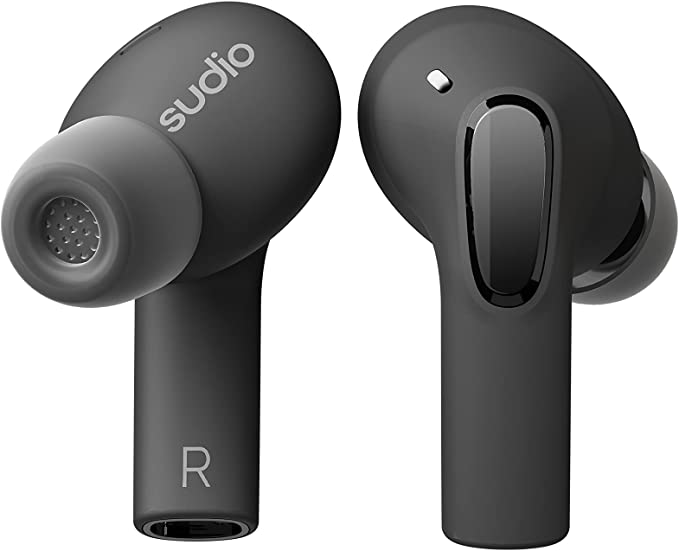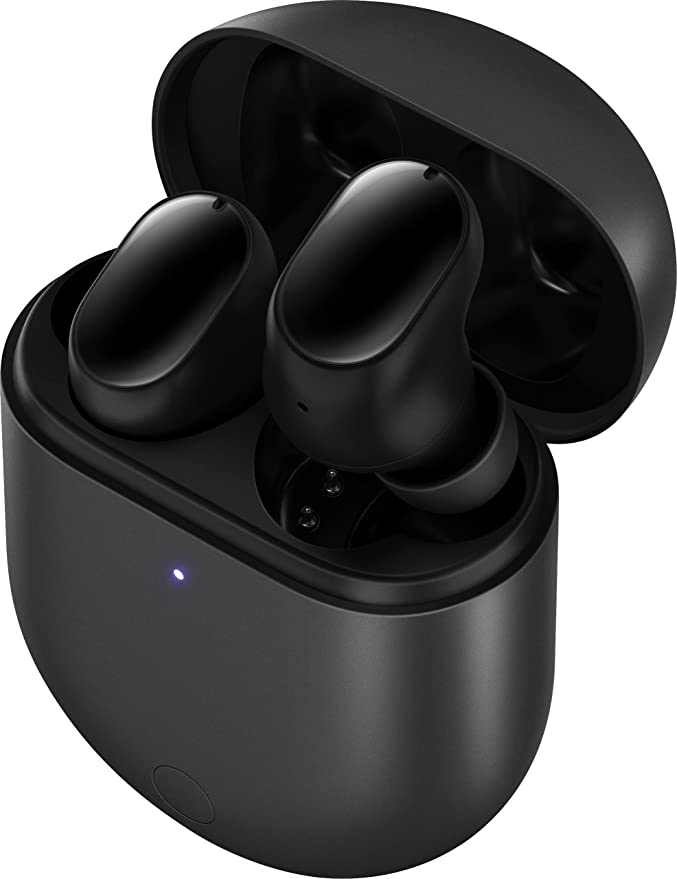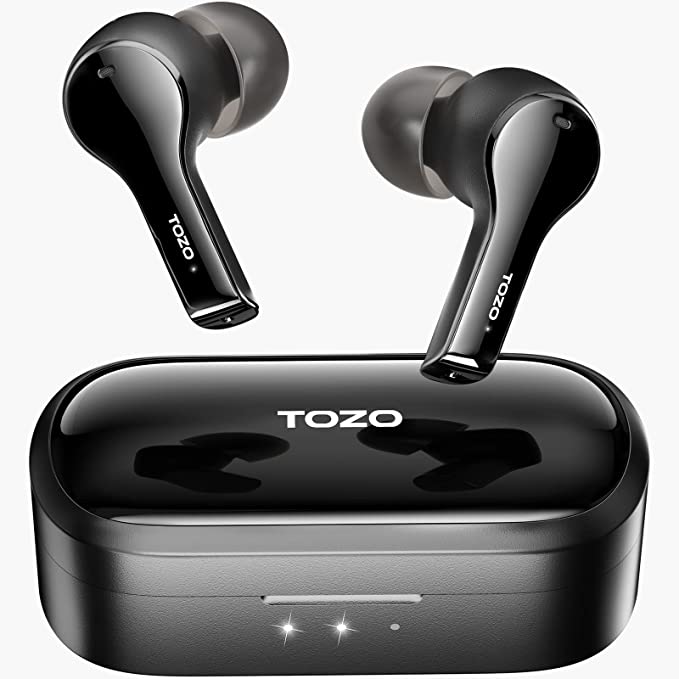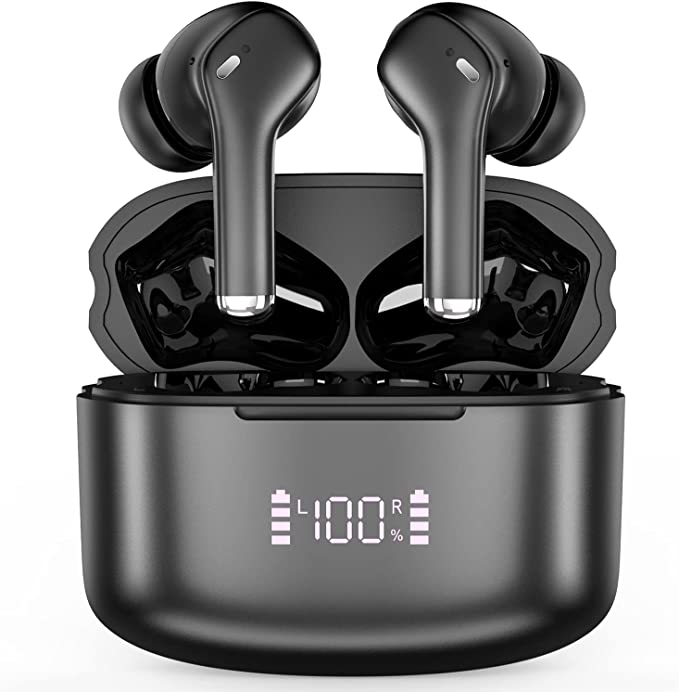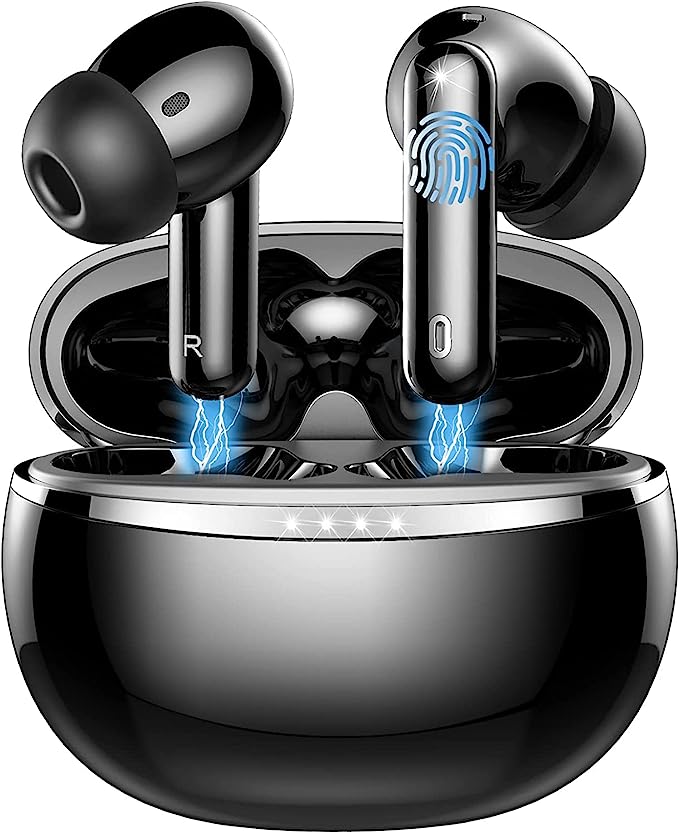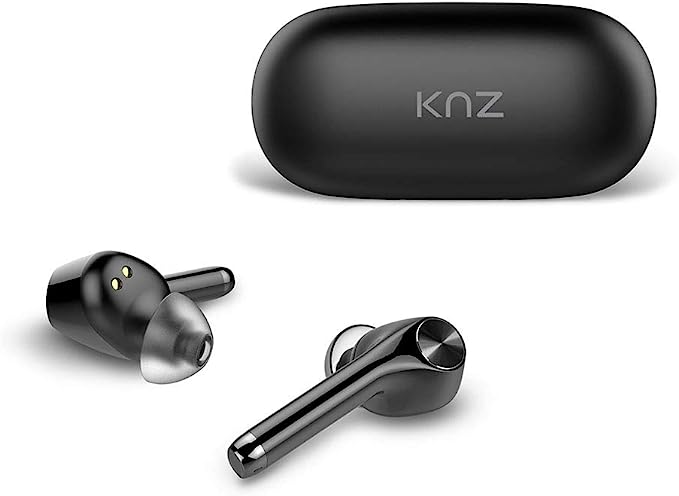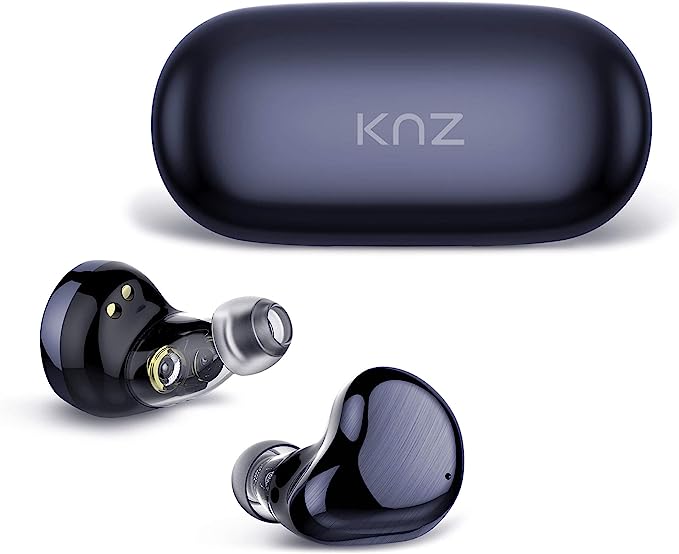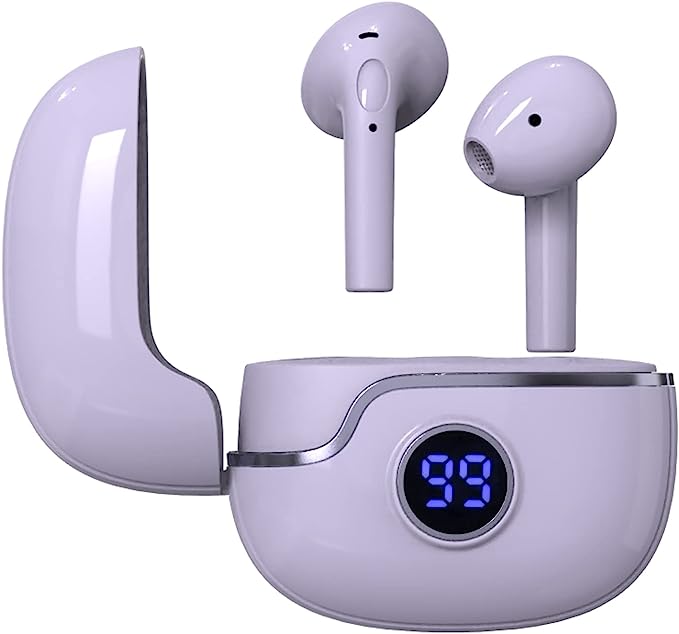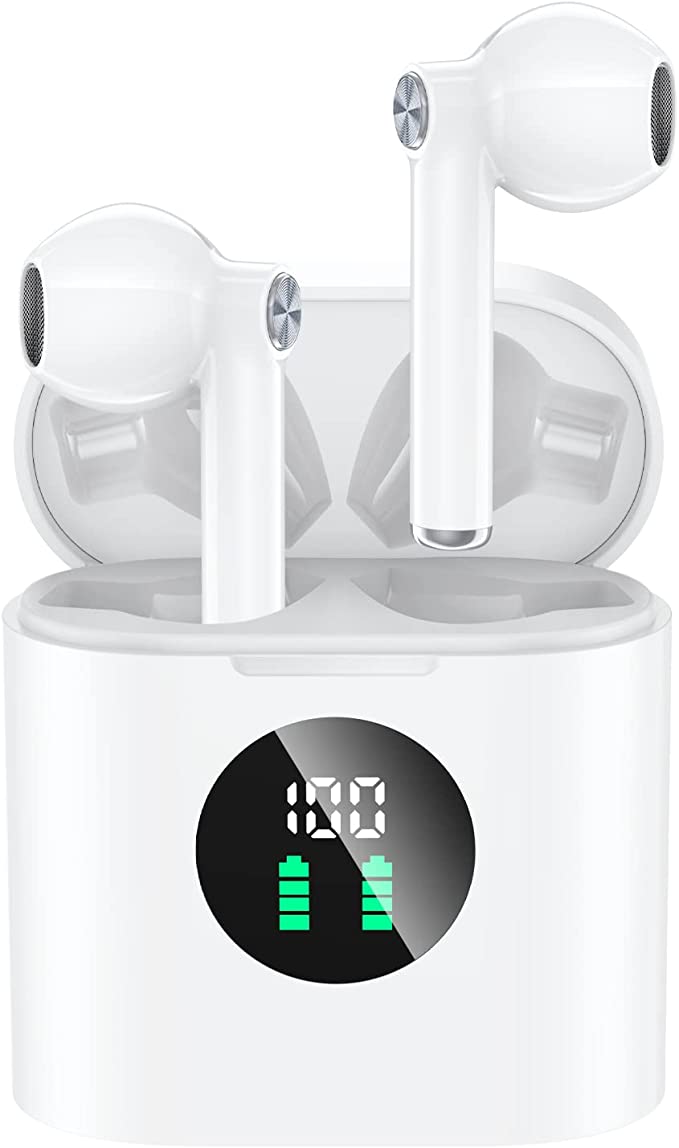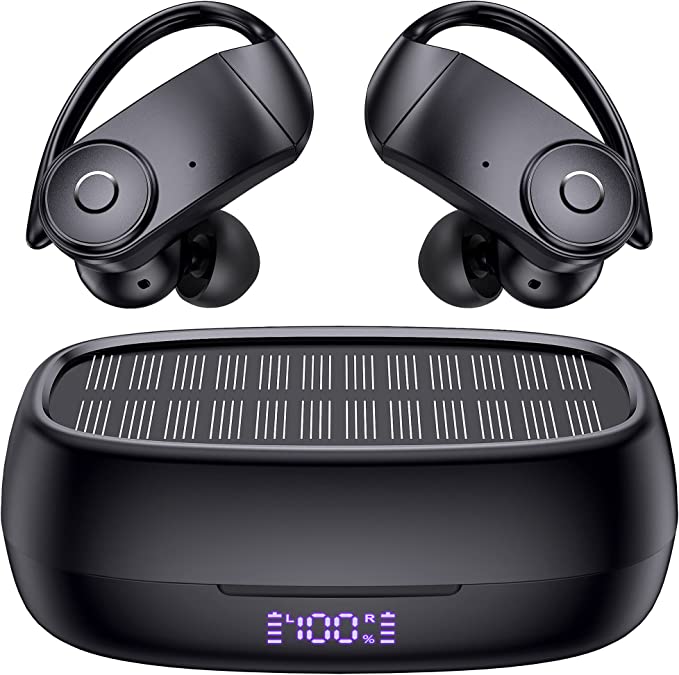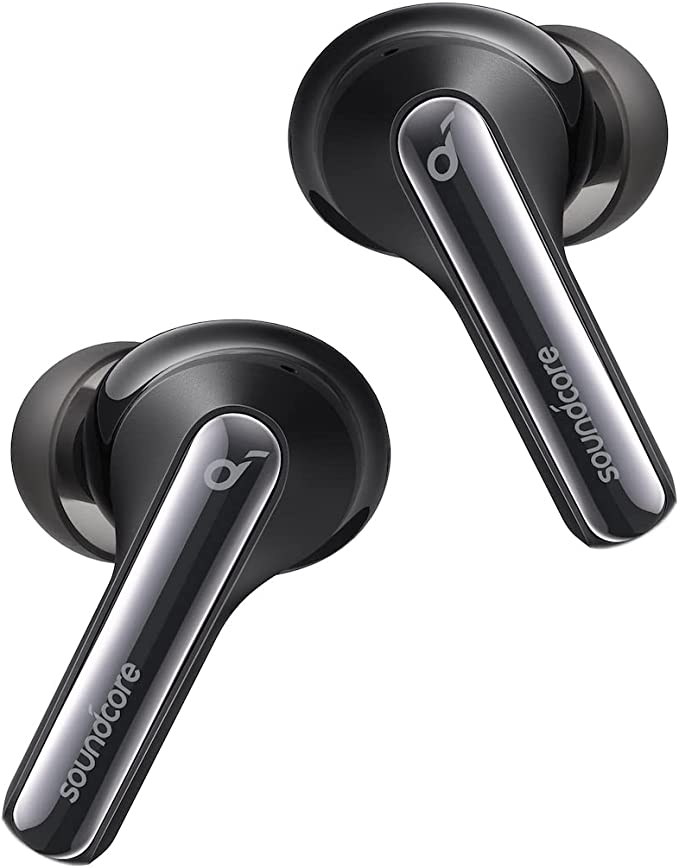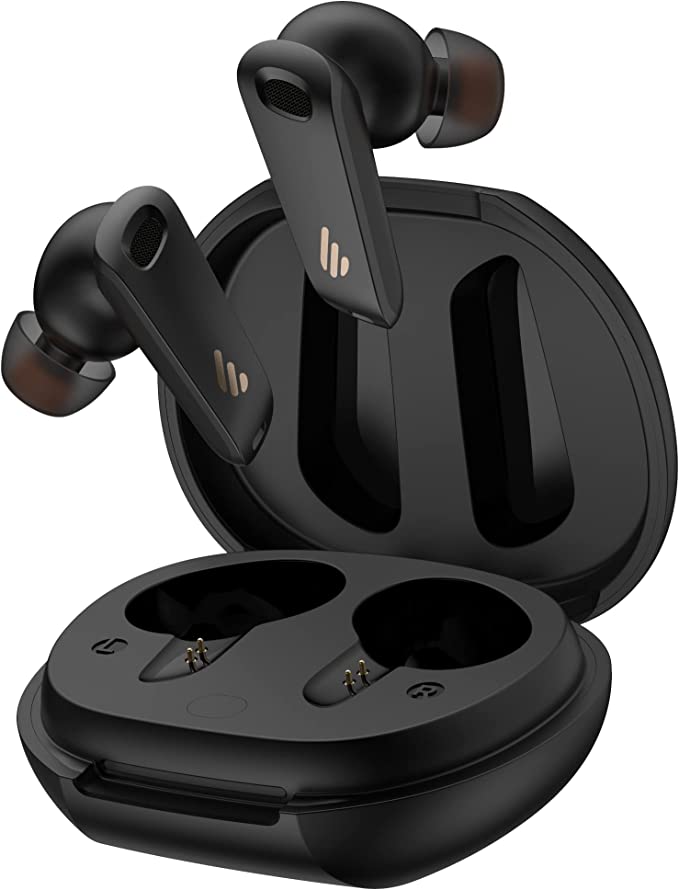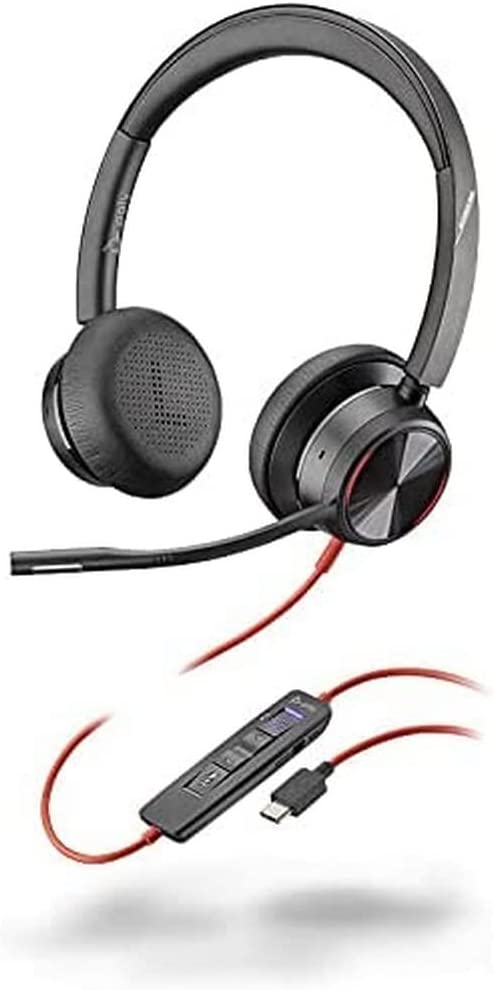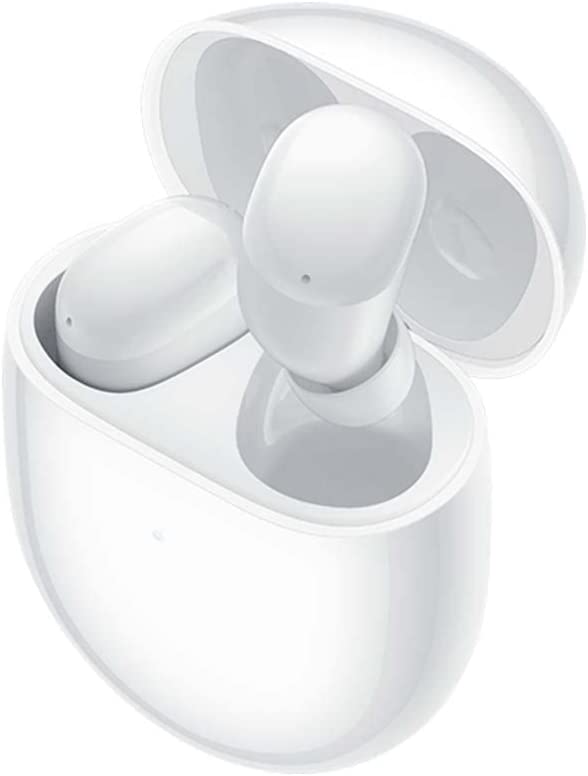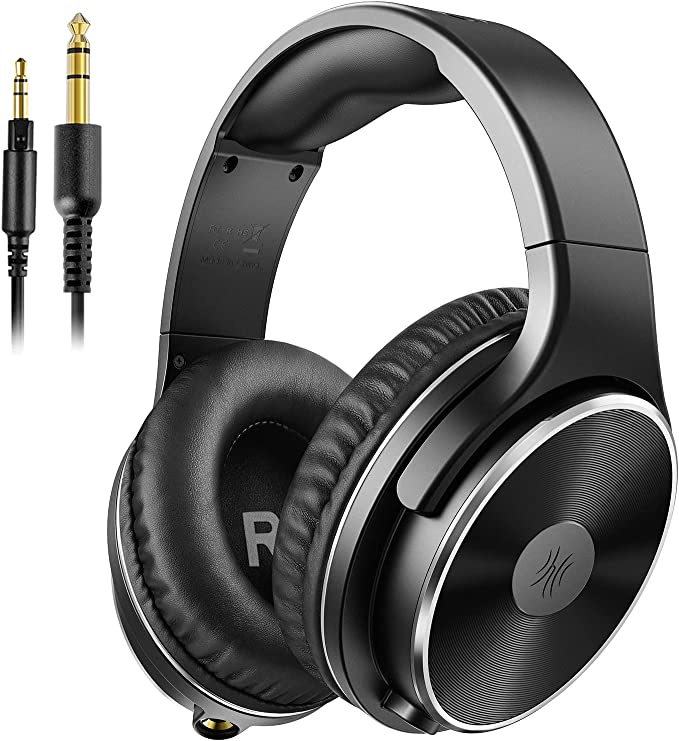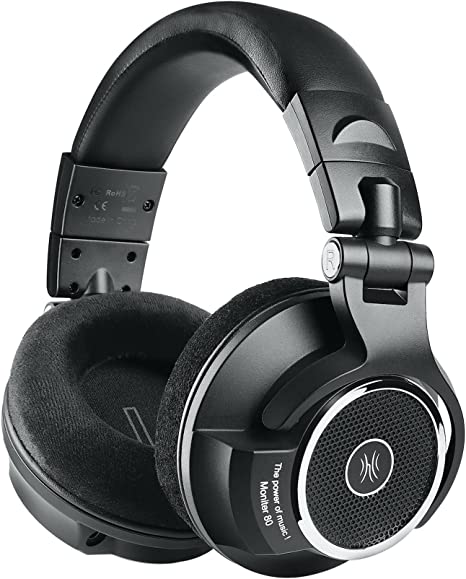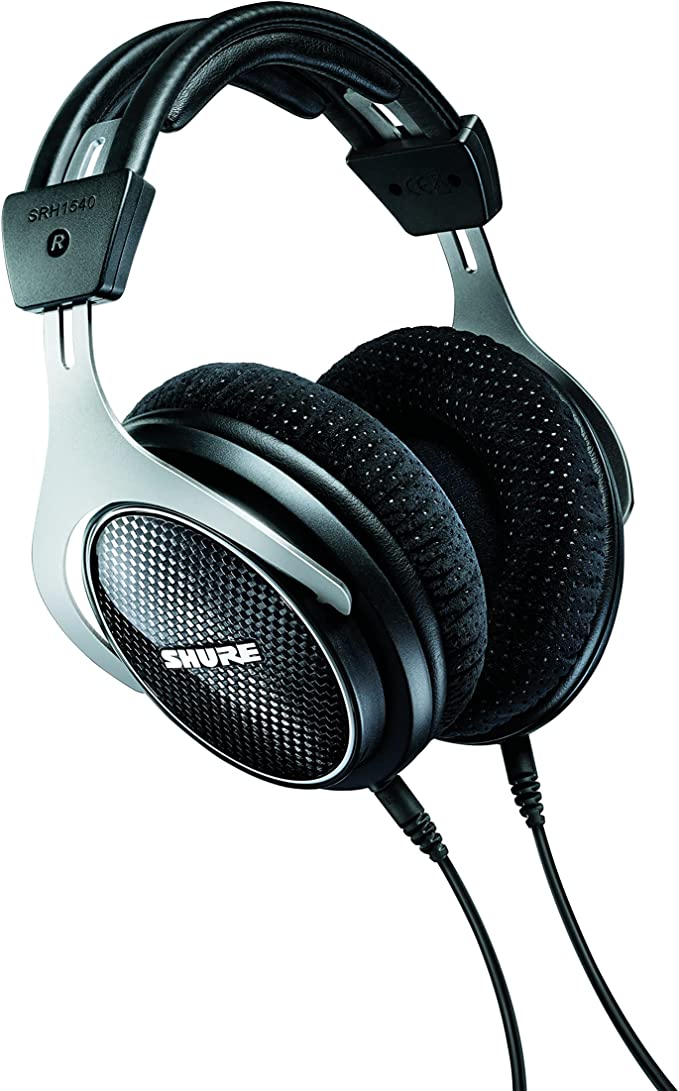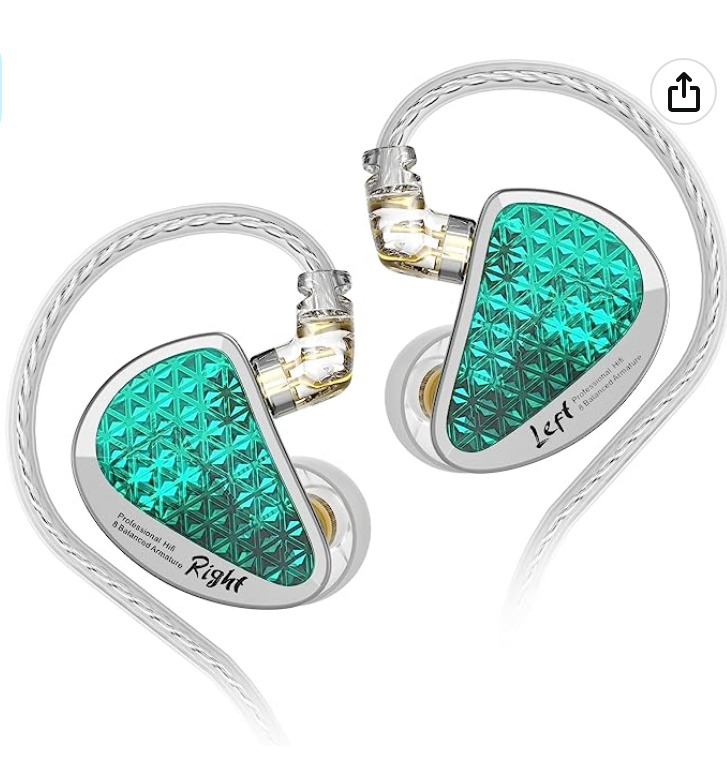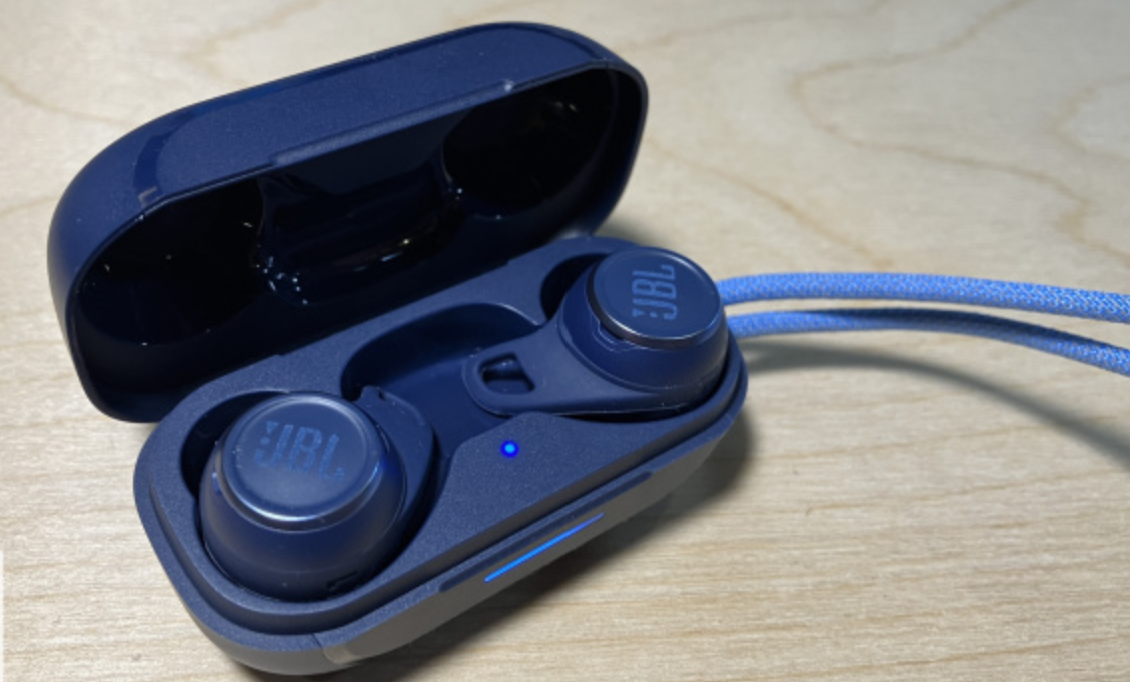The Economics of Engineering: How Hybrid ANC and Wireless Charging Reached the Sub-$20 Tier
Update on Nov. 22, 2025, 5:43 p.m.
In the world of consumer electronics, price usually dictates capability. However, occasionally a product emerges that disrupts this linear relationship, serving as a testament to the sheer scale and efficiency of modern manufacturing. The Eleror T7 is one such anomaly.
Retailing for less than the cost of a modest lunch, it packs a feature set—Hybrid Active Noise Cancellation (ANC) and Wireless Charging—that was the exclusive domain of $250 flagships just five years ago. This is not magic; it is the result of aggressive BOM (Bill of Materials) Optimization and the commoditization of advanced silicon. To understand the T7, we must look at it not just as a headphone, but as a marvel of supply chain engineering.

Decoding Hybrid ANC on a Budget
The term “ANC” is often misused in the budget sector to describe simple passive isolation. However, the T7 claims Hybrid ANC, a specific architecture requiring multiple microphones per earbud. * The Architecture: Hybrid ANC combines Feedforward (external mic) and Feedback (internal mic) systems. The external mic cancels broad environmental noise, while the internal mic corrects errors and handles low-frequency leakage. * The Chipset Reality: Achieving this at this price point implies the use of highly integrated, turnkey Bluetooth SoCs (System on Chips) that have ANC algorithms hard-coded into their DSP (Digital Signal Processor). While these may not offer the adaptive nuance of a custom Sony or Apple processor, the physics of Phase Inversion remain valid. By generating an anti-noise wave 180 degrees out of phase with the ambient rumble, the T7 effectively lowers the noise floor, proving that the algorithm itself has become a commodity.
The Physics of the 6mm Micro-Driver
To fit the ANC electronics and battery into a compact shell, Eleror utilizes a 6mm Dynamic Driver. In acoustic engineering, driver size dictates trade-offs. * Transient Speed: A smaller 6mm diaphragm has less mass than the standard 10mm or 12mm drivers. Lower mass means lower inertia, allowing the voice coil to move and stop more rapidly. This theoretically improves Transient Response—the ability to render sharp sounds like snare drums or cymbal crashes. * Bass Physics: The trade-off is air displacement. To generate deep bass, a small driver must have a longer “throw” (excursion). The T7 likely employs a high-compliance surround material to allow this movement, creating the “40% more bass” claim through physical exertion rather than surface area.

Inductive Charging: The Coil in the Case
Perhaps the most surprising inclusion is Wireless Charging. This relies on an Inductive Coil embedded in the base of the charging case. * Electromagnetic Induction: When placed on a Qi pad, an alternating magnetic field induces an electrical current in the receiver coil. * Cost vs. Utility: Integrating this involves a copper coil, a shielding ferrite sheet (to protect the battery), and a rectification circuit. The fact that this can be included in a sub-$20 product highlights how standardized these power management modules have become. It transforms the user experience from “fumbling with cables” to “drop-and-go,” a luxury feature now fully democratized.

Connectivity: Bluetooth 5.2 and Signal Stability
The transition to Bluetooth 5.2 (or 5.1 as noted in some descriptions) brings critical efficiency improvements. * Isochronous Channels: This feature of modern Bluetooth standards improves the synchronization between left and right earbuds, reducing the “phase drift” that can ruin the stereo image. * Energy Efficiency: The “Low Energy” enhancements allow the T7 to squeeze 5 hours of playtime out of micro-batteries, maintaining a connection that is robust enough for daily commuting.

Conclusion: The Triumph of Manufacturing
The Eleror T7 is less about acoustic innovation and more about manufacturing triumph. It demonstrates that the components required for silence (ANC) and convenience (Wireless Charging) are no longer scarce resources. By leveraging mature technologies and efficient integration, it offers a functional experience that defies its price tag. For the consumer, it represents the ultimate victory of the “good enough” philosophy—delivering 90% of the utility for 10% of the cost.


